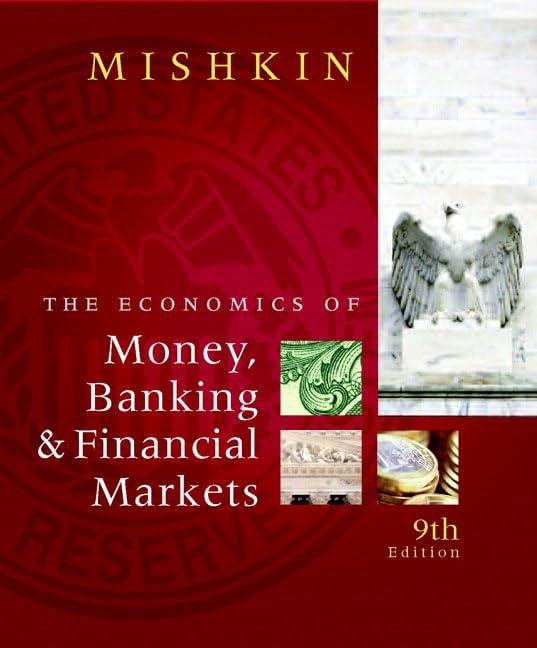Question
(Adapted from Catherine et al. 2020 and Sabelhaus and Volz 2020) Suppose that you are earning the salary of a median household in Manhattan ($51,000)
(Adapted from Catherine et al. 2020 and Sabelhaus and Volz 2020) Suppose that you are earning the salary of a median household in Manhattan ($51,000) and you just turned the age of 22. You intend to work until 67 and expect your salary to increase by inflation (2%). Assume that you're paid at the end of every age year (end of 22 to end of 66). At retirement, you are paid a Social Security payment equal to the 60% of your last wage and grows with a 1% price adjustment. You know for certain that you'll live until age 100 and want to compute the current present value of your human capital and transfer income.
-
Computing human capital. Suppose that your labor income is equally risky to the stock market, which has a required rate of return of 10%. What is the present value of your labor income at age 22 given that it grows by inflation?
-
Riskless Social Security. You receive your first Social Security payment at 67. Suppose that Social Security is discounted at a risk-free rate of 3%. What is the value of the Social Security wealth now (at age 22)?
-
Risky Social Security. Another group of economists tell you that Social Security is risky and should be discounted at the risky rate (10%): repeat the analysis under this assumption.
-
Comparison. Comment on the total wealth (Social Security + Human Capital) under both cases: which is larger? Why? What is the economic significance here?
Step by Step Solution
There are 3 Steps involved in it
Step: 1

Get Instant Access to Expert-Tailored Solutions
See step-by-step solutions with expert insights and AI powered tools for academic success
Step: 2

Step: 3

Ace Your Homework with AI
Get the answers you need in no time with our AI-driven, step-by-step assistance
Get Started


